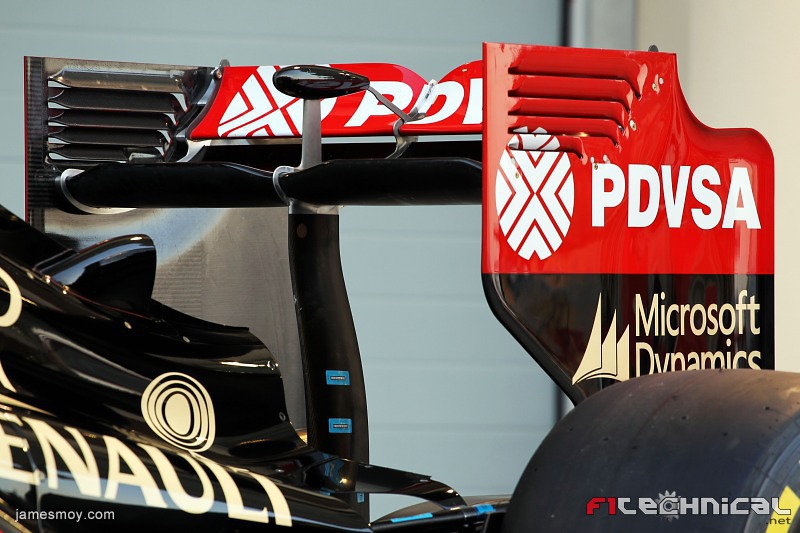Have read F1 Technical before, but this is my first post, pretty excited!
Now down to business, I am looking at rear wing design theory and was looking for some help or some good resources to take a look at. My primary interest is in slots and slats.
Slots: Gaps in the endplates above the airfoils to bleed high pressure, reducing the pressure delta and reducing drag. WHY they are used I have a grasp on, but what I find interesting are all the different slot designs. Fewer slots seem to be used on high speed tracks, and each team has their own approach. The root of my problem is: why would a team go with a particular design, as in why are some slots almost all horizontal ( https://thewptformula.files.wordpress.c ... dplate.jpg ) versus other that are closer to vertical ( https://thewptformula.files.wordpress.c ... dplate.jpg ). Any insight into slot sizing, spacing, and orientation would be greatly appreciated.
Looking back at the latter picture, why is it increasingly common for teams to have endplate geometries that cut down after the 2nd element, only to slope back up again (the red bull wing in the 2nd link above).What is the reasoning behind this?
Any help is appreciated, thanks a lot!
- Login or Register
No account yet? Sign up







